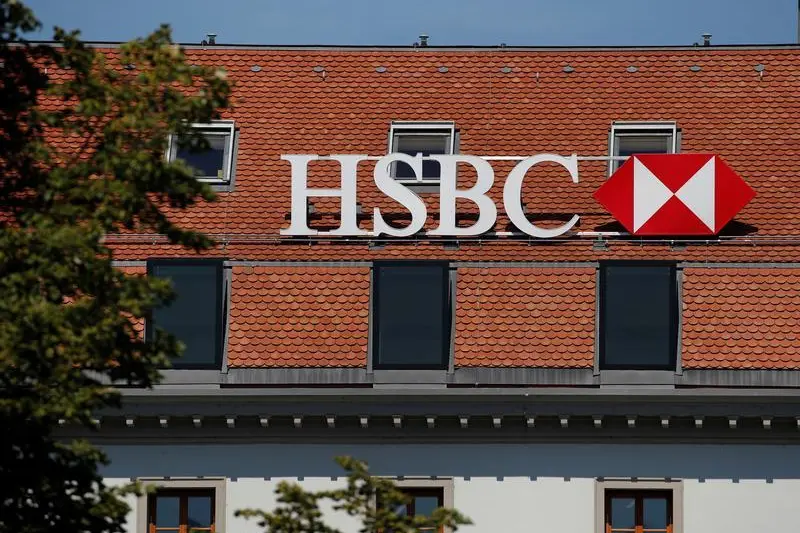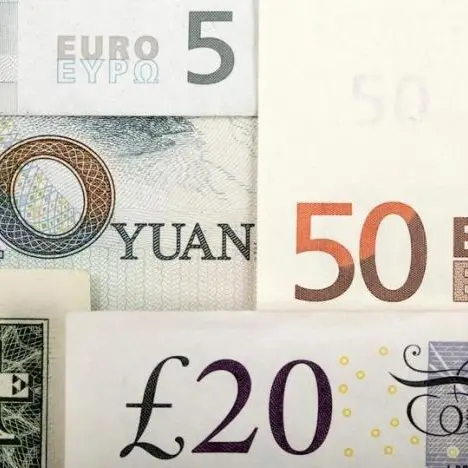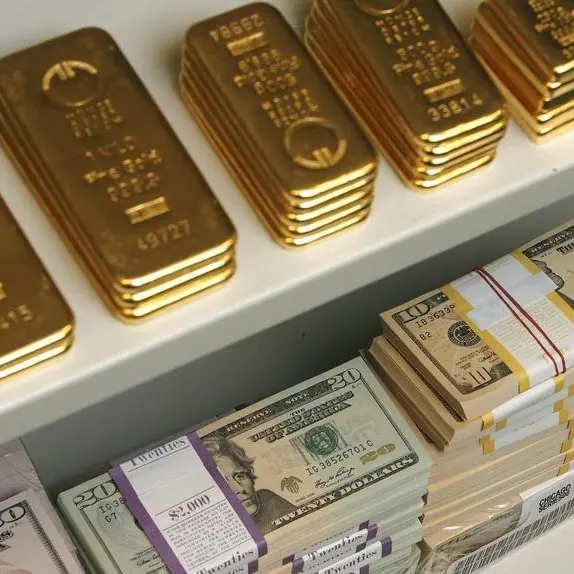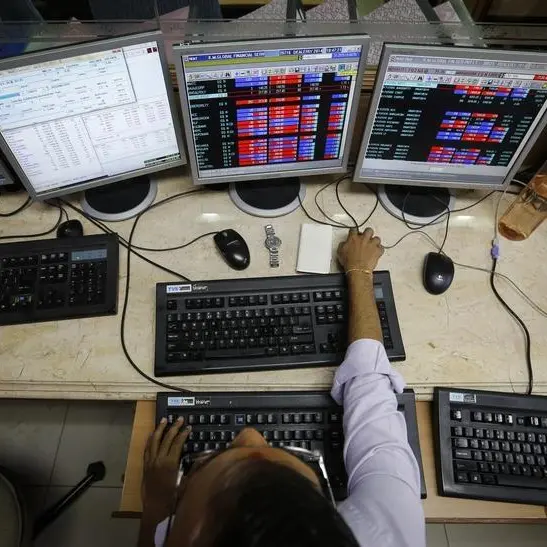PHOTO
LONDON - A charmed life is one unaffected by the vicissitudes of modern existence. Take HSBC, for example. Almost alone among battered European lenders, the London-listed bank’s shares trade at a chunky 20 percent premium to its tangible book value despite delivering returns below its likely 10 percent cost of capital. Annual results delivered on Tuesday offered only a little comfort.
Boss John Flint can expect measured applause for delivering a 16 percent lift to annual profit, albeit falling short of what analysts had been forecasting. Sustaining the momentum, however, to exceed an avowed 11 percent return on tangible equity target by 2020 – as is implied by the valuation – will push investor goodwill to a breaking point.
Despite a 13 percent drop in the share price over the past year, HSBC’s rich valuation can be boiled down to two things. First, it is heavily exposed to faster-growing economies. Second, the bank reliably pays a nice dividend. On neither count did the lender disappoint.
Asian retail and commercial banking grew underlying pre-tax profit by 3 percent in the face of a bruising fourth quarter characterised by trade tensions and significantly lower investment banking revenue. That enabled Flint to maintain a payout of 51 cents a share, a satisfying 6 percent yield.
So far, so enchanted. But there are worrying signs ahead. An important target of growing the top line faster than expenses – the so-called adjusted jaws – came up short as the latter inflated two percentage points beyond the former. And while increased spending in digital banking and compliance should naturally begin to tail off, boosting income could get harder given a slowdown in China’s economy and worries over the UK’s exit from the European Union, HSBC’s two biggest markets by revenue.
Returns are heading the right way, increasing to an 8.6 percent return on tangible equity from 6.8 percent a year earlier. To achieve Flint’s goal could require annual revenue to grow by nearly 5 percent, according to a rough Breakingviews calculation which also assumes expenses grow by just 2 percent, a 24 percent tax rate and a $159 billion tangible book value.
Even by HSBC’s plucky standards that looks demanding. Investors should brace for a sobering dose of reality.
CONTEXT NEWS
- HSBC on Feb. 19 reported a 16 percent increase in annual pre-tax profit to $19.9 billion, on revenue which climbed 5 percent, to $53.8 billion. The figures fell short of what analysts had been expecting.
- Adjusted for currency differences and one-off charges, pre-tax profit increased by 3 percent to $21.7 billion on revenue which rose by 4 percent to $53.9 billion. Underlying costs grew by 6 percent year-on-year to $33 billion.
- The London-based bank said its common equity Tier 1 capital ratio was 14 percent, down from 14.3 percent three months earlier. Its leverage ratio increased to 5.5 percent, from 5.4 percent in the previous quarter.
- The bank reported a return on equity of 8.6 percent, up from 6.8 percent in the comparable period of 2017.
- HSBC declared an annual dividend of 51 cents a share, unchanged from a year earlier.
(( Christopher.G.Thompson@thomsonreuters.com ; Reuters Messaging: Christopher.G.Thompson.thomsonreuters.com@reuters.net ))
© Reuters News 2019












